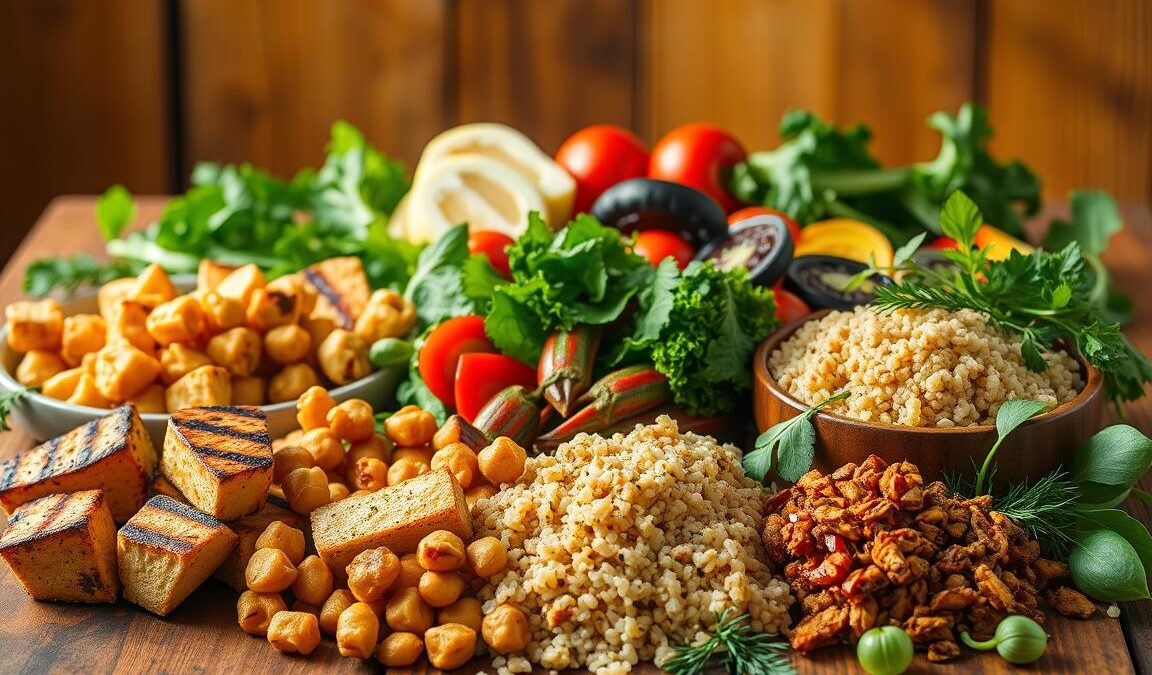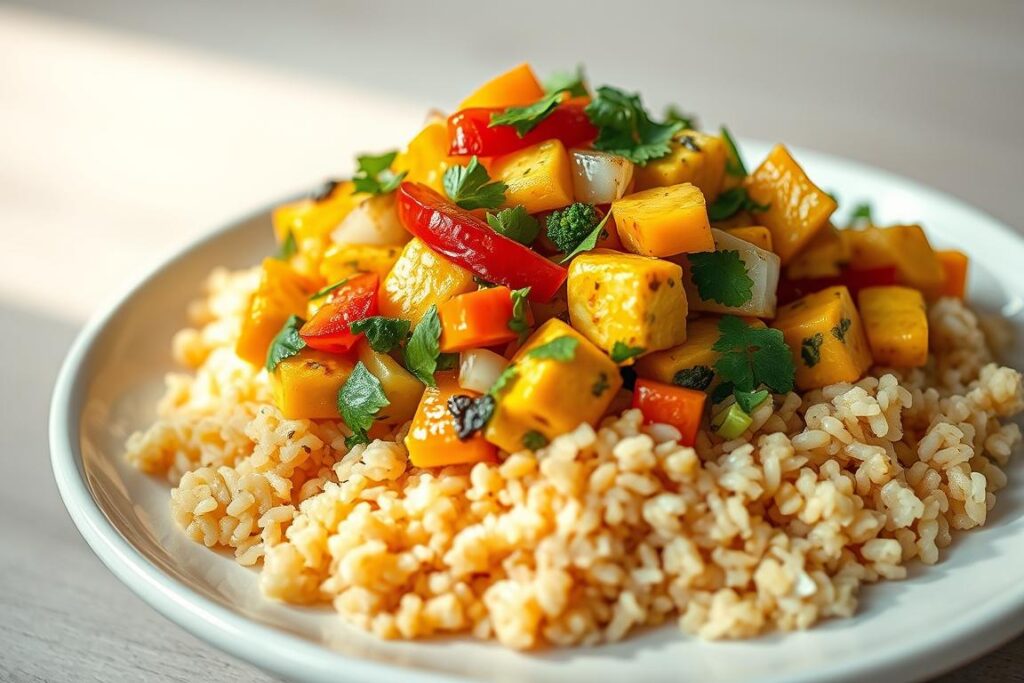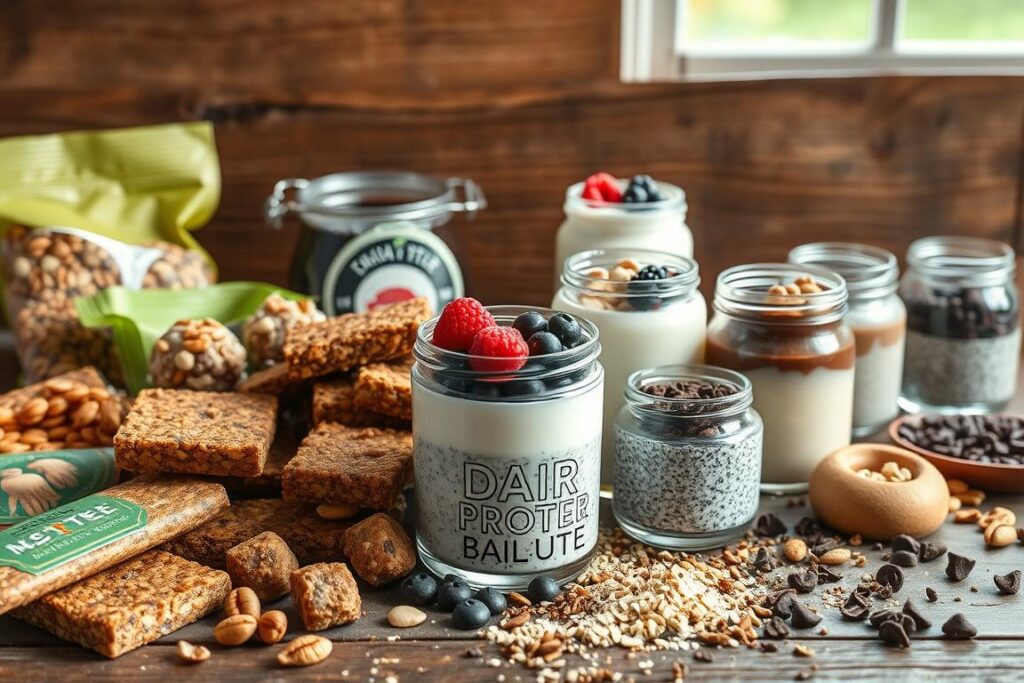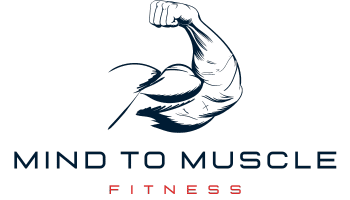
Dairy-Free Muscle Recovery Meals That Actually Work
You want dairy-free muscle recovery meals that help you bounce back after hard training, without losing simple, reliable protein sources.
Think of swaps that taste like food, not like a diet. Choose tofu, tempeh, eggs, fish, or lentils and pair them with carbs and fluids so your body gets what it needs. Smart protein timing plus colorful, anti-inflammatory ingredients makes recovery easier and keeps your energy steady.
Worried about packaged soy isolates? Favor whole-food soy like organic tofu or tempeh to avoid gut trouble and stay consistent. You’ll learn how to build quick, chewable options and blender snacks that fit busy mornings and later workouts.
For timing tips that boost your plan, see guidance on the best post-workout supplement windows at best timing for supplements.
Key Takeaways
- Pair complete or complementary protein with carbs and fluids after training.
- Use whole-food proteins like tofu, tempeh, eggs, fish, and legumes.
- Favor anti-inflammatory ingredients to support steady recovery.
- Avoid excess soy isolate in packaged products to protect digestion.
- Plan quick, satisfying options for busy days and longer, savory plates for sit-down meals.
What to eat right after training so recovery actually happens
The first 0–3 hours after exercise are the most important window to top up fuel, protein, and fluids for true repair.
Aim for 20–25 g of protein to kickstart repair. Pair that with roughly 1 g of carbohydrate per kilogram of your body weight to refill glycogen. A 4:1 carb-to-protein ratio is a simple target to follow.
Rehydrate with about 150% of the fluid you lost. Add sodium at roughly 400–700 mg per pound of sweat lost to help your body retain fluids and restore performance.
The quick options that work
- Drinkable: a soy milk smoothie (soy milk, banana, oats, flax, coffee) for carbs, protein, and electrolytes.
- Chewable: a rice-and-beans or tofu-and-rice bowl with fruit to hit the 4:1 ratio.
- Timing tip: have a protein-forward snack within 60 minutes, then a balanced meal by two to three hours.
If your stomach feels off, start with the smoothie and follow with a solid meal later. On heavy training days, repeat this pattern to protect energy and support steady adaptations.
Dairy-free muscle recovery meals you can make today
Busy morning? Use these simple breakfast builds to hit protein targets and steady your energy all day. Pick one template and swap ingredients based on what you have. Each option pairs protein, carbs, and healthy fats so you feel satisfied and refuel properly.

High-protein breakfasts that curb cravings
Make a tofu scramble with peppers, onions, and spinach. Add potatoes or whole-grain toast for carbs and a piece of fruit for extra glucose.
Or bake avocado egg cups for protein and healthy fats. Serve with toast to meet post-workout carb needs.
Recovery smoothies with soy milk or pea protein
Blend soy milk, banana, chilled coffee, quick oats, ground flax, and cinnamon for a drink-and-go option. Swap pea protein if soy upsets your gut.
Overnight oats and chia puddings
Build carrot cake overnight oats with oats, chia seeds, grated carrot, walnuts, and almond milk. Stir in a scoop of pea protein for extra protein without chalky taste.
Savory scrambles and chickpea flour pancakes
Try chickpea flour pancakes with herbs and avocado for a chew-worthy second breakfast. Fold black beans into scrambles to bump protein on a budget.
- Pantry staples: oats, chia, peanut butter, frozen banana, tofu.
- Quick swap: choose organic tofu over soy isolate and pea over soy protein powder if needed.
Power lunches and satisfying dinners that reduce inflammation
Looking for power lunches and dinners that keep inflammation low and energy steady? Here are fast, flavor-forward options that feel like comfort food and help your body refuel.
Grilled chicken tacos with a cilantro crema made from avocado, lime, garlic, and herbs are quick to build. Add cabbage slaw and black beans. Use gluten-free corn tortillas if your diet needs them.
Asian salmon salad
Toss cooked salmon with mixed greens, crunchy veg, and quinoa or rice. Dress with sesame-lime vinaigrette for healthy fats and lasting energy.
Thai-style tofu stir-fry
Stir-fry tofu with broccoli, bell pepper, and snap peas in a soy-ginger sauce. Serve over rice for an under-30-minute dinner that delivers solid protein and carbs.
Hearty vegan chili & stuffed peppers
Simmer beans, lentils, and tomatoes for a fiber-rich chili. Spoon it over brown rice or baked potatoes. Stuffed peppers with lentils and quinoa make great leftovers paired with a tahini-lime drizzle.
- Pizza night: pick a gluten or gluten-free crust, tomato sauce, roasted veggies, and dairy-free cheese.
- Sides that work: bake potato wedges and blend an avocado dip, or serve a creamy paleo coleslaw for crunch without milk or egg.
- Plan ahead: double recipes to get ready lunches and reduce decision fatigue on training days.
Why this works:Colorful plates hit antioxidants and smart carbs. They support your body and keep dinners simple and satisfying without relying on milk-based sauces.
Grab-and-go snacks and desserts that pull their weight
Short on time? These grab-and-go bites keep your energy steady and your protein targets in range.
Energy balls are the fastest batch-prep option. Combine rolled oats, dates, ground flax, chia, cinnamon, peanut butter, a splash of water, vanilla extract, vanilla pea protein, and dark chocolate chips. Roll into balls—each is about 136 kcal and 5 g protein. One or two bridge long gaps between meals.

Crunchy, high-protein bars and bites
- Bake pumpkin seed power bars with seeds, oats, nut butter, and maple. They mimic commercial bars without the additives.
- Roast chickpeas with smoked paprika or chili for a salty, portable crunch that adds real protein.
Treats that still work for training
Make hazelnut banana protein muffins and stash them in the freezer. Try an egg-free edible cookie dough for a spoonable sweet that won’t derail progress.
Simple whole-food options
- Apples with peanut butter, a handful of nuts, or turkey jerky plus fruit are true low-fuss options.
- Stir a half scoop of protein powder into overnight oats for a jar you can grab late in the morning.
Quick prep tip: Set aside 30 minutes on Sunday to make two recipes and build snack boxes with seeds, nuts, and dried fruit so your day stays fueled. For more on smart bulking choices, see best bulking foods.
Pro tips to hit protein goals without dairy
Small pantry swaps can make meeting protein targets easy and predictable.
Start by stocking staples you can mix and match. Keep lentils, quinoa, oats, canned beans, and seeds on the shelf. Store tofu, tempeh, and edamame in the fridge. Add almond flour for quick bakes and coatings.
Choose smart powders and pairings
Rotate powders like pea, soy, rice, or hemp. If you use pea protein, pair it with grains such as oats or rice to round out methionine and improve the amino profile.
Hydrate like an athlete
Replace roughly 150% of fluid lost after sweat. Add 400–700 mg sodium per pound lost to restore volume. Use soy milk or fortified non-dairy liquids to add protein and electrolytes fast.
Quick checklist:
- Peanut butter or almond butter for calories and 8 g protein per 2 Tbsp.
- Avocado for potassium and healthy fats.
- Plan 1.5 g protein per kg body weight on heavy training weeks.
| Item | Protein (per serving) | Key benefit | Use |
|---|---|---|---|
| Pea protein powder | 20–25 g (scoop) | High protein; needs grain pairing | Smoothies, oats |
| Soy milk | 7 g (1 cup) | Protein + electrolytes | Drinks, oats |
| Lentils & quinoa | 9 g / 8 g (cooked cup) | Complementary amino acids | Bowls, salads |
| Almond flour & seeds | 6–7 g (1/4 cup seeds varies) | Healthy fats and extra protein | Bakes, toppings |
Conclusion
Finish strong: build simple habits that make fueling automatic after every session.
Hit 20–25 g protein within the three-hour window, pair it with carbs and replace fluids plus sodium. That combo boosts next-day energy and helps repair the body without fuss.
Keep breakfast repeatable—oats jars, scrambles, and smoothies—to bank quick wins each day. Pack snacks like energy bars, seed-based bites, or high-protein muffins so you stay on track between meals.
Stock tofu, beans, grains, almond flour, chia, and avocado so a solid meal is never far. Try new recipes, test what you enjoy, and use small cues—water bottle, two prepped breakfasts—to make the right choice the easy choice.
You’ve got the playbook. Now put it into practice and let your training show the results.



